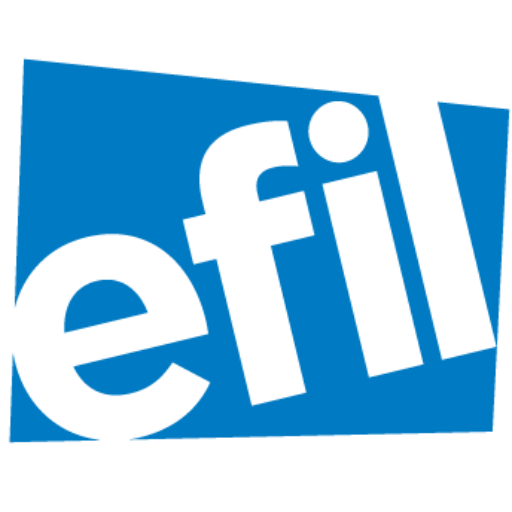Required Time 120 Minutes
Learning Objectives
By the end of this session, participants will:
- Improve their perspective-taking
- Develop skills of observation, imagination and critical thinking.
- Make a connection between the toolbox and disciplines
Session Goals
- Get acquainted with the toolbox
- Examine people’s attitudes towards and expectations of people with different economic backgrounds
Space Requirements
- Semi-circle seating arrangement
- A room where participants can move about freely
Necessary Materials
- Computer + internet connection
- Computer + internet connection
- Flipchart stand and paper
- Coloured markers
- A4 paper sheets & pens
- Materials requested for the activity “Unequal resources” : pencils, colored pencil, crayons, assorted colored construction paper, scissors, colored markers, glue, glitter, ribbons, stencils …
Step-by-Step Description of the Session
ACTIVITY 1: UNEQUAL RESOURCES (45 MINS)
- Tell participants the now they will practice another activity in the toolbox
- Ask them to form 4/6 groups
- Tell them that each group has 20 minutes to make a poster to celebrate a holiday, (for example Earth Day in April 22nd)
- Proceed as per activity instructions
- Run the debriefing (20 minutes)
ACTIVITY 2: CONNECTIONS BETWEEN THE TOOLBOX AND SCHOOL SUBJECTS OR CROSS-CURRICULAR PROJECTS (60 MINS)
- Ask participants to work on the same groups
- The goal is to link this activity of the toolbox (or, if they prefer, they can work on one of the other activities tested so far: Who are I and D.I.V.E model) with their disciplines or cross-curricular projects in school
- Each group has 45 minutes to write a poster of suggestion on where and how to use the activity and which tools can be used for assessment of the intercultural competencies on which they focused on and – where possible – of the contents connected to the school curricular
- Hang up the poster with suggestions in a gallery on the wall.
- Allow a speaker for each group to present the poster in plenary and leave some time for questions and answers
ACTIVITY 3 – VISUAL EVALUATION (15 MINS)
(activity suggested – The circle)
- At the end of each session, choose one of the Visual evaluation methods. This will give you immediate feedback on the appreciation of the session.
- The visual evaluation methods are great examples of something teachers can do in the classroom after delivering intercultural learning activities as a way of gathering impressions and feedback from students.
- Use this opportunity to eventually review and clarify confusing or unclear aspects of contents or activities of the training.




